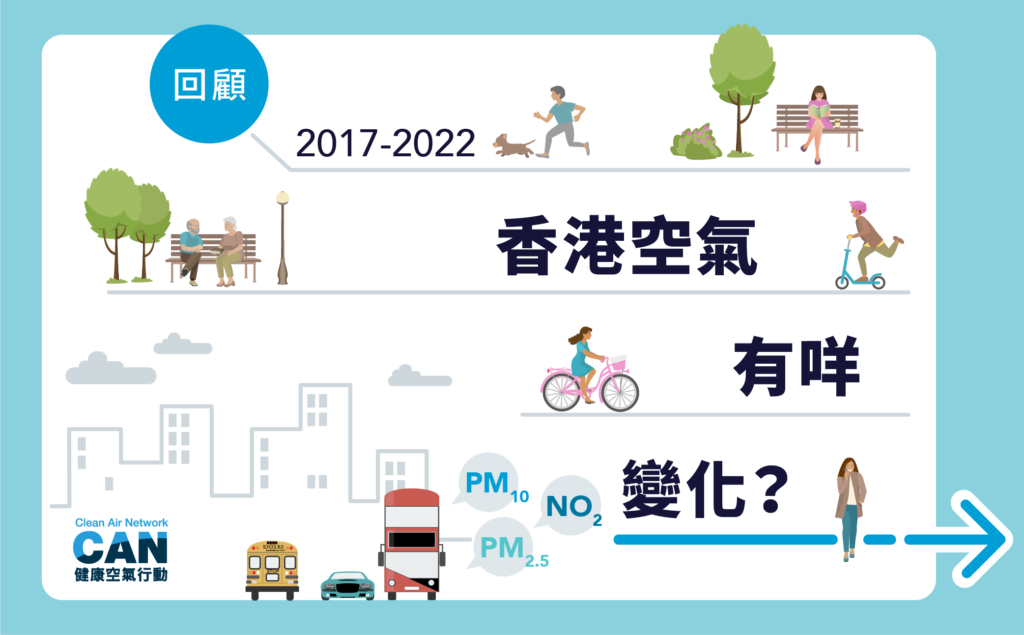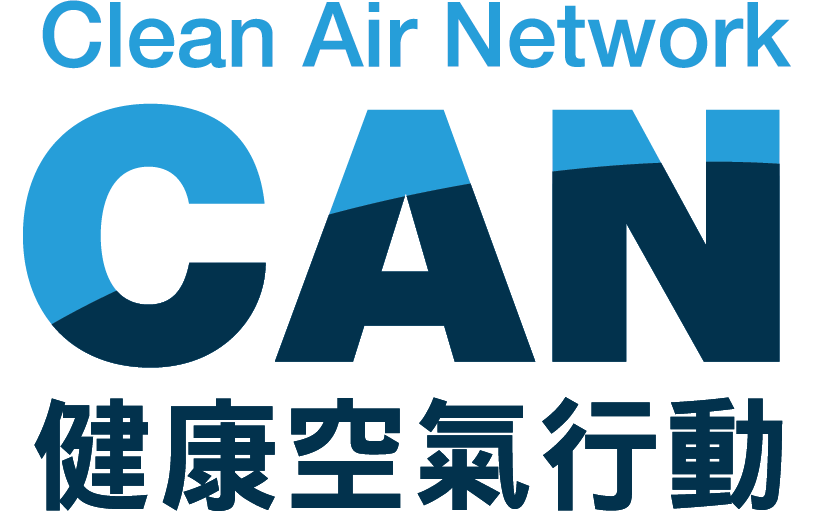
Reviewing 2017-2022: Our progress in cleaning up HK’s air
As the new administration begins its term on 1st July, let us take a look at the progress that we have made in improving air quality over the past five years (2017-2022) under the current administration.
Levels of concentrations of major roadside pollutants dropped but remained much higher than WHO standards. Since transportation is the source of roadside air pollution, reducing traffic flow, easing congestions, and switching to zero-emission vehicles would all contribute to improving roadside air quality. However, in 2017-2021, although population has decreased, the number of private cars increased, indicating an unbalanced growth. Worse still, only less than 1% of the franchised bus fleet has been electrified.
In the five-year period, CAN has made various efforts in advocacy and public education, aiming to achieve the goals of strengthening overall air quality management, tightening Air Quality Objectives (AQOs), enhancing roadside air quality, and improving walkability.
On the other hand, the government has introduced some measures to tackle air pollution, such as launching “Clean Air Plan for Hong Kong 2035”, “Roadmap on Popularisation of Electric Vehicles”, and updating the AQOs. Yet apparently there are still a number of policy gaps, as we see that our air quality standards are falling behind WHO targets, a roadmap for the electrification of commercial vehicles is absent, and there is no legislation to regulate indoor air pollution.
CAN will continue to work relentlessly to bring cleaner air to Hong Kong, at the same time the new administration should take more aggressive actions so that Hongkongers could enjoy an air quality that is on a par with international cities.


